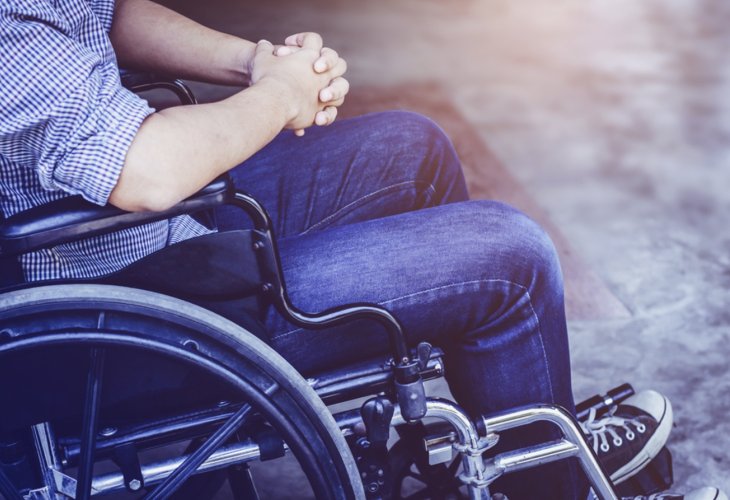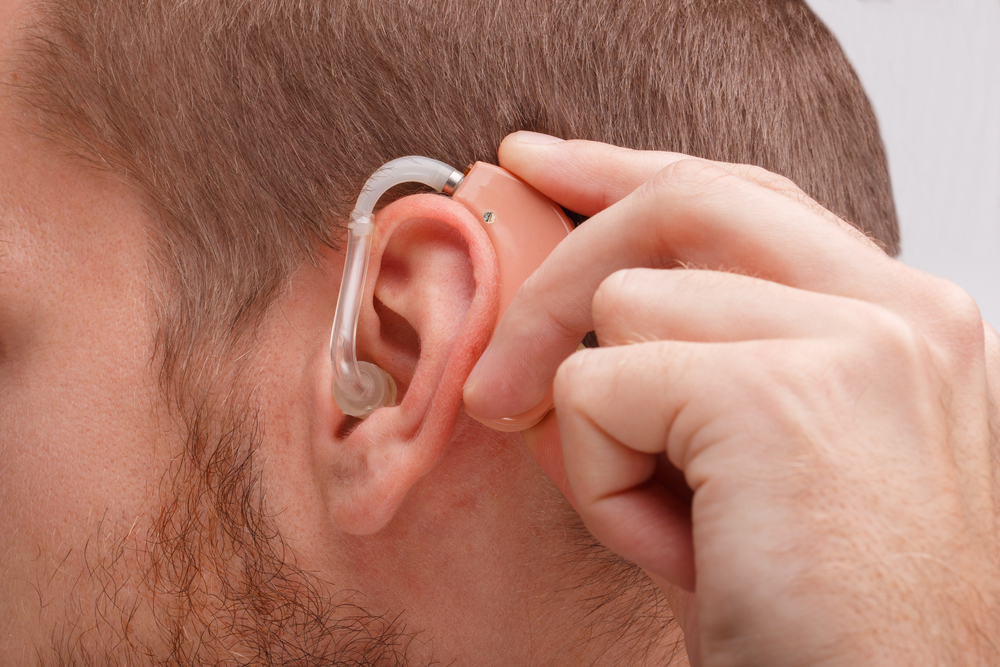Personality Development
How to Treat People with Disabilities: Shifting Perceptions and Building True Inclusion
Understand Why Your Reactions Matter and How Awareness, Compassion, and Respect Can Erase the Idea of “Otherness” in Society
 (Photo: shutterstock)
(Photo: shutterstock)We all encounter unusual people from time to time. Perhaps you once met a completely strange person who made you uncomfortable, or a funny character dressed like a clown. At times it could be an important figure like the Prime Minister or a government minister, and at others, meeting someone "unusual" may be crossing paths with a loud person, someone who laughs boisterously, or someone shouting in anger, causing everyone to stop and stare.
What happens when we meet people whose limbs, hearing, or vision don’t work like ours? Or when their behavior seems strange? They might make unusual sounds or shout without apparent reason. We can probably recall moments when we stood near someone like this. What did we feel? Disgust? Pity? Love? A desire to help?
We may see people with physical disabilities in wheelchairs, or those with intellectual disabilities such as autism or developmental delays. These conditions are often noticeable through speech or behavior, whereas others may have visible facial traits, like individuals with Down syndrome, or mental health issues that may or may not be apparent. There are many types of disabilities, each with its own visible or invisible challenges.
Whether on the street, in a shopping center, or anywhere else, our first encounter with someone like this often triggers surprise or curiosity. Instinctively, we may categorize them as “different” or “strange,” or label them as “poor thing,” or think “others have it worse”. Based on our own awareness and personality, we each react differently. Some people remain calm because they're familiar with the condition, whereas others feel stirred but stay silent. Some physically distance themselves as if being near such a person threatens their own sense of stability. This often stems from a hidden fear of “What if I become like that someday?”
This aversion can also present when such a person tries to talk to us. We might signal disinterest or restlessness while trying to “get away.” On the other hand, some people respond warmly, showing empathy and even offering help. This is a reaction free of fear, marked by understanding, acceptance, and awareness. It's a healthier way to view disability.
 (Photo: shutterstock)
(Photo: shutterstock)How do we feel about someone with a disability? Are they a stranger, or part of us? It all begins in the mind. Awareness of different situations and types of disabilities is vital:
A. The understanding that we are all human, and everyone deserves dignity and respect, regardless of their condition, illness, age, or ability.
B. The mitzvah of “Love your neighbor as yourself” teaches us to love and treat every fellow Jew with kindness, no matter what. When we internalize this, the “other” no longer appears like an outsider.
Our view of someone “different” can reshape their reality. Instead of seeing them through the lens of otherness, we can look with compassion and identification, instead of judgment or alienation. Harsh feelings like pity, disgust, or rejection weigh heavily on people with disabilities and their families. When we forget the person and focus only on the disability, the treatment they receive often becomes dismissive or condescending.
When we look beyond the disability and see the person- the divine image in every human- and treat them with respect and normalcy, we create a feeling of equality.
“Don’t look at the vessel, but at what’s inside it.” When we realize that disability does not diminish a person's value, we begin to see that we are all equally important. In a world of unity and equality, the concept of “otherness” disappears, because, in truth, who is really ‘the other’? That depends on us.

